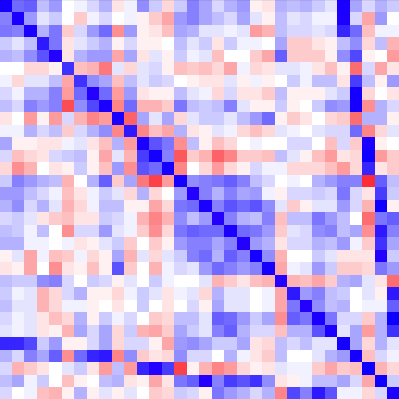
-
Learn more about...
- Frequently Asked Questions
- Personality: TAI
- Temperament
- Ability
- Interests
- Recent Blog Posts
- Myers-Briggs Type Indicator® (MBTI®)
- Creativity
- Parsimony in Personality
- Code Sharing: scienceCareers
- Presidential Candidacy and Personality
- Eysenck Personality Questionnaire® (EPQ)
- The HEXACO Model
- The RIASEC Model
- The CHC Model
- The NEO-PI-R
- see more...
While the Big Five/Five Factor Models (B5/FFM) of personality arguably get the most attention in the field, there are certainly other models that use more or fewer factors. The HEXACO model contains six dimensions of personality, including Honesty-Humility (H), Emotionality (E), Extraversion (X), Agreeableness (A), Conscientiousness (C), and Openness to Experience (O). At first glance it may appear that the only difference from the FFM is the addition of the Honesty-Humility dimension. However, Lee et al.
The HEXACO Personality Inventory website states that people who score high on the Honesty-Humility scale “avoid manipulating others for personal gain, feel little temptation to break rules, [and] are uninterested in lavish wealth and luxuries.” Those who score very low on this scale, however, tend to “flatter others to get what they want, are inclined to break rules for personal profit, are motivated by material gain, and feel a strong sense of self-importance.” This dimension also correlates strongly with other existing personality constructs involving exploitation and entitlement
The other two factors – Emotionality and Agreeableness – share names with factors in the Big Five but have somewhat different operationalizations. Agreeableness in the HEXACO model differs by excluding sentimentality and including a lack of anger. Ashton and Lee
It should also be noted that there exists a Big Six model of personality structure
How much do you know about your own personality? Interested in finding out more? Take our SAPA personality test and see where you fall on the Big Five distributions!
References:
[1] Lee, K., Ashton, M. C., Morrison, D. L., Cordery, J., & Dunlop, P. D. (2008). Predicting integrity with the HEXACO personality model: Use of self- and observer reports.
[2] Ashton, M. C., & Lee, K. (2007). Empirical, theoretical, and practical advantages of the HEXACO model of personality structure.
[3] Ashton, M. C., Lee, K., Perugini, M., Szarota, P., de Vries, R. E., Blas, L. D., Boies, K., De Raad, B. (2004). A six-factor structure of personality-descriptive adjectives: Solutions from psycholexical studies in seven languages.
[4] Saucier, G. (2009). Recurrent personality dimensions in inclusive lexical studies: Indications for a Big Six structure.
[5] Thalmayer, A. G., Saucier, G., & Eigenhuis, A. (2011). Comparative validity of brief to medium-length Big Five and Big Six personality questionnaires.